Secrets of growing watermelons in the open field in Siberia
New varieties and modern agricultural techniques make it possible to cultivate plants in an unsuitable climate for them. Now even the cultivation of watermelons in Siberia is no longer considered exotic. You can't surprise anyone with striped giants in a greenhouse, and you can get delicious fruits right from an open garden. Some tricks will help you create suitable conditions for your southern visitor to grow and develop. Get your children involved and they will be happy to help you care for exotic plants. Explain to them that the biological classification of the watermelon is not a fruit, but a berry.
Choosing a variety for northern melon
If you want to grow a huge striped fruit weighing about 15 kg in harsh climatic conditions, you will have to use a greenhouse or winter garden. In the open field, the plant will have time to release dense tops and large yellow flowers, then cold weather will come - and everything will die. But small watermelons will ripen perfectly in the fresh air if you provide them with proper care.
When choosing a variety, you need to pay attention to the following signs:
- frost resistance;
- fetal weight (no more than 5 kg);
- early maturity.
When buying, first of all, take a look at the seeds of local selection. If you want to take seeds for planting from a watermelon grown by a neighbor in the country, make sure that the plant is not hybrid. In artificially created specimens, seeds do not retain their maternal qualities or may not grow at all.
The best varieties for growing in frosty regions are:
- "Ogonyok";
- "Ultra early";
- Siberian Lights;
- "Northern Lights";
- "Siberian";
- Crimson Sweet.
Growing watermelon seedlings
In a short summer, planting seeds directly on the garden bed is useless: you will not wait for the harvest. It is necessary to grow strong seedlings and plant them in open ground after spring frosts. If you do everything right, the bushes will quickly take root and will delight you with juicy sweet berries until the autumn cold. Sowing should be done at the end of April, then by warm days the seedlings will have time to develop, but will not outgrow.
Getting your plants to live in cold climates starts with seeds. Soak them for half an hour in a weak solution of potassium permanganate, then treat with growth stimulants. The embryo realized that it was time to wake up, now is the time to cultivate resilience in him. During the week, during the daytime, place the planting stock on the bottom shelf of the refrigerator, and leave it in a warm room overnight. Then help the sprouts to break through to the light by chipping off a piece of sturdy rind. Place the seeds in cups and you will see strong shoots in a few days.
Advice
Watermelons do not tolerate root damage. Grow your seedlings in peat pots, rising-bottomed glasses, or disposable containers that you can cut and discard.
Do not let the plants stretch, a few days after the seedlings emerge from the ground, place the containers in a well-lit cool place with a temperature of about + 17⁰. It is advisable to keep the roots warm, for example, put the pot on the windowsill, under which there is a hot battery. With this regime, the underground part will be well formed and will be able to provide a lot of nutrients to the developing aboveground part. With the onset of warm days, the indoor temperature will rise and the seedlings will grow rapidly.
Roots can rot when the soil is very moist. Make sure that the drainage holes in the cups allow water to pass through. Water sparingly only when the topsoil is dry.Feed the seedlings with compound fertilizer every 2 weeks. After feeding, be sure to water the seedlings.
Planting seedlings in the garden
It is advisable to prepare a bed for watermelons in advance. Choose an elevated area to prevent groundwater from causing root rot. In risky areas, drainage is best. The best soil for melons and gourds is sandy loam, good predecessors are potatoes, onions and cabbage. Dig a strip 1.5 m wide, add compound fertilizer and compost to the ground. Bushes in the open field should be spacious, plant them at a distance of 1.5 m from each other. The mistake of inexperienced gardeners is planting seedlings in holes. In a rainy summer, the water in the depressions stagnates, and the plants get sick. Make a small mound for each seedling where it will be comfortable and dry.
Now you need to warm the soil that has cooled down over the winter. Cover the entire surface with black covering material and the soil will warm up quickly. Secure the edges with boards or dig in with earth to prevent the wind from ripping the fabric. The material will warm the root system of melons all summer long. The advantage of this method is that it replaces mulching and makes it easier to care for plants:
- moisture evaporates less from the surface of the earth;
- weeds will not break through dense fabric;
- there is no need to loosen the bed.
It is possible to plant plants in the ground when the threat of frost passes; in Siberia, such a time comes in mid-June. Cut cross-shaped holes in the insulation and dig holes in the hills so that a lump of earth from the cup fits in them. Moisten the soil well in containers and remove the seedlings carefully, trying to preserve the integrity of the soil clod as much as possible. Fill holes, water and compact the ground, straighten and fix the cut pieces of covering material. Spread the lashes so that they stretch in different directions and do not interfere with other bushes.
For growing melons and gourds in the open field in Siberia, you can arrange warm beds. Dig a trench, put sawdust, shavings or dry branches on the bottom. Then place a 40 cm layer of manure, compost, straw or fallen leaves and sprinkle it with the EM preparations. Top with a layer of a mixture of 6 buckets of humus, 1 bucket of sand and a small amount of ash. When organic matter decays, heat is released, and therefore the soil will be well warmed up.
Advice
If several specimens remain completely green to frost, do not worry, but pick and salt them. Such preparations in winter will compete with sauerkraut and pickled cucumbers.
Growing melons in the open field
Insects are not always good at pollinating watermelons; you will have to take over the job. Take a close look at each flower. In female specimens, a small ball is visible at the base - a future fetus. Pick a male flower and run it over all the female pistils. The first time pollination may not occur, repeat this work for several days. A month after the ovaries appear, you can taste the first ripe fruits.
In the northern climate in the open field, the bush cannot grow many fruits. Leave no more than 5 developing ovaries on each plant, cut off the rest. Leave a shoot with 6 leaves above the developing fruit, pinch off the rest. Now all the energy of the bush will go to the development of fruits, and ripening will accelerate.
Watermelon needs a lot of moisture, water as soon as the ground becomes dry at a depth of 3 cm. If you have not covered the soil with insulation material, loosen and weed the garden very carefully. The roots of watermelons are located close to the surface of the earth, they are easily damaged. Mulching will help to save the gardener from tedious work.
On damp ground, a watermelon can rot. Place a board or piece of slate under each fruit so that it does not lie on the ground. If you want to grow melons vertically on trellises, prepare special nets or bags.When the fruit is heavy enough, place it in a container and tie it to a strong support, then it will not come off the whip.
Output
To grow watermelon in the open field is possible in the Urals, Siberia and other frosty regions. You need to choose the right variety and take into account the peculiarities of the southern plant when growing. When planting seeds directly into the ground, the fruits will not have time to develop and ripen to frost, you need to plant only through seedlings. Covering material or creating warm beds will perfectly insulate the roots of plants.
Diseases of watermelons mainly arise from dampness. Since little time passes from planting in the ground to harvesting, the use of chemical medicinal preparations is undesirable. The correct approach is to create conditions for plants in which neither fungi nor infections will exist. Plant shrubs in a sunny, ventilated area on hills or tall beds. With warmth and no stagnant moisture, plants will be healthy and strong.
When cultivating melons in the north, do not expect huge yields. The more ovaries on the bush, the slower the fruit develop. Leave no more than 5 pollinated female flowers, shorten the lashes so that they do not pull nutrients from the plant, and you will taste the juicy watermelons. The cold climate should not be an obstacle to growing the juicy gifts of the sunny south.
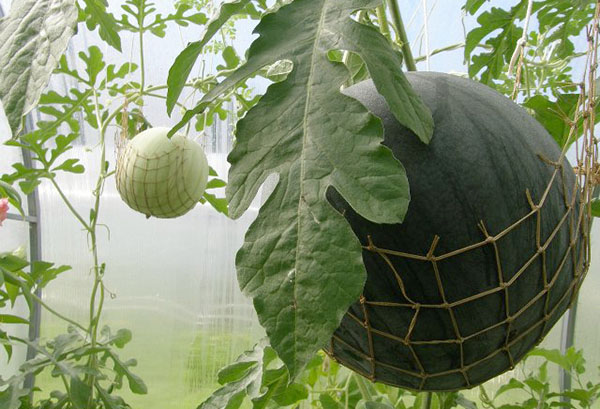
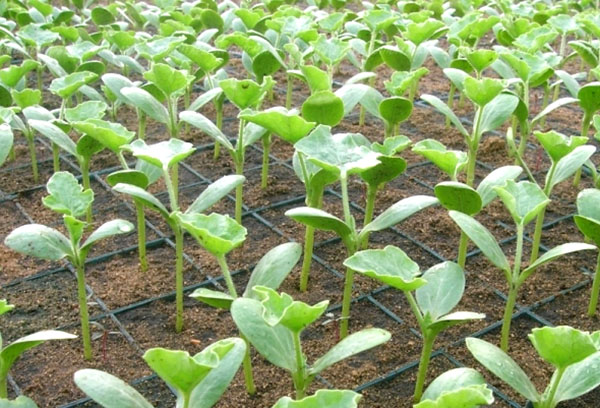
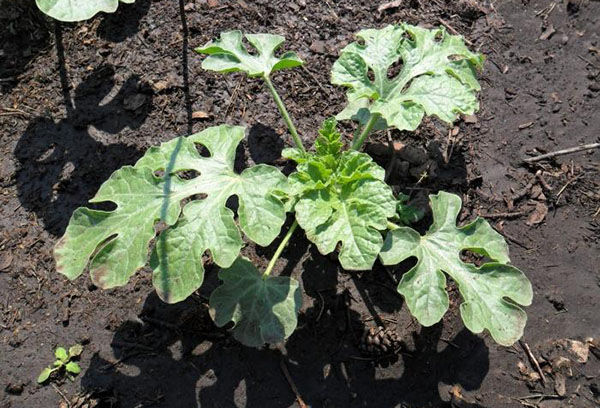
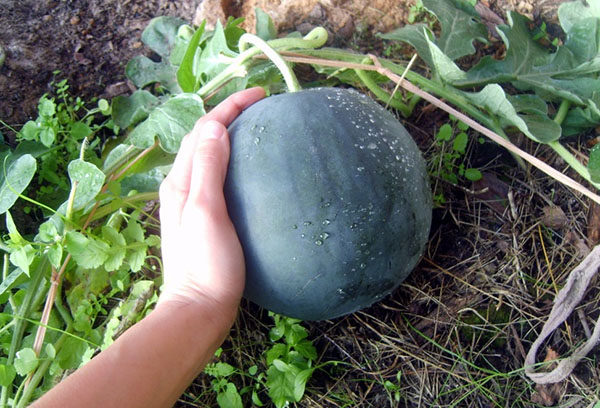
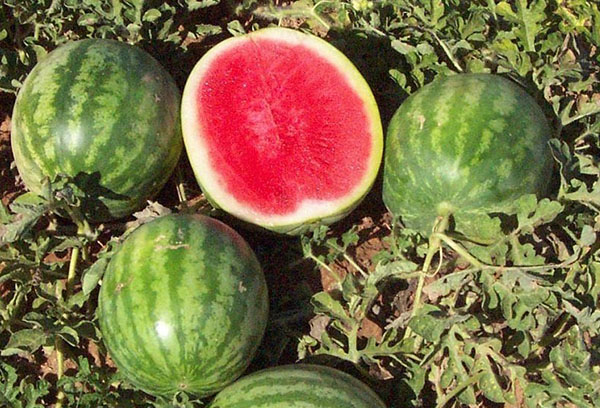

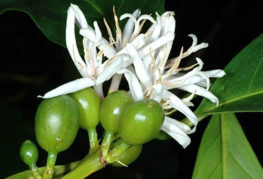
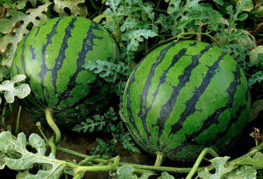

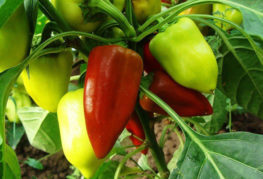

and will be published shortly.